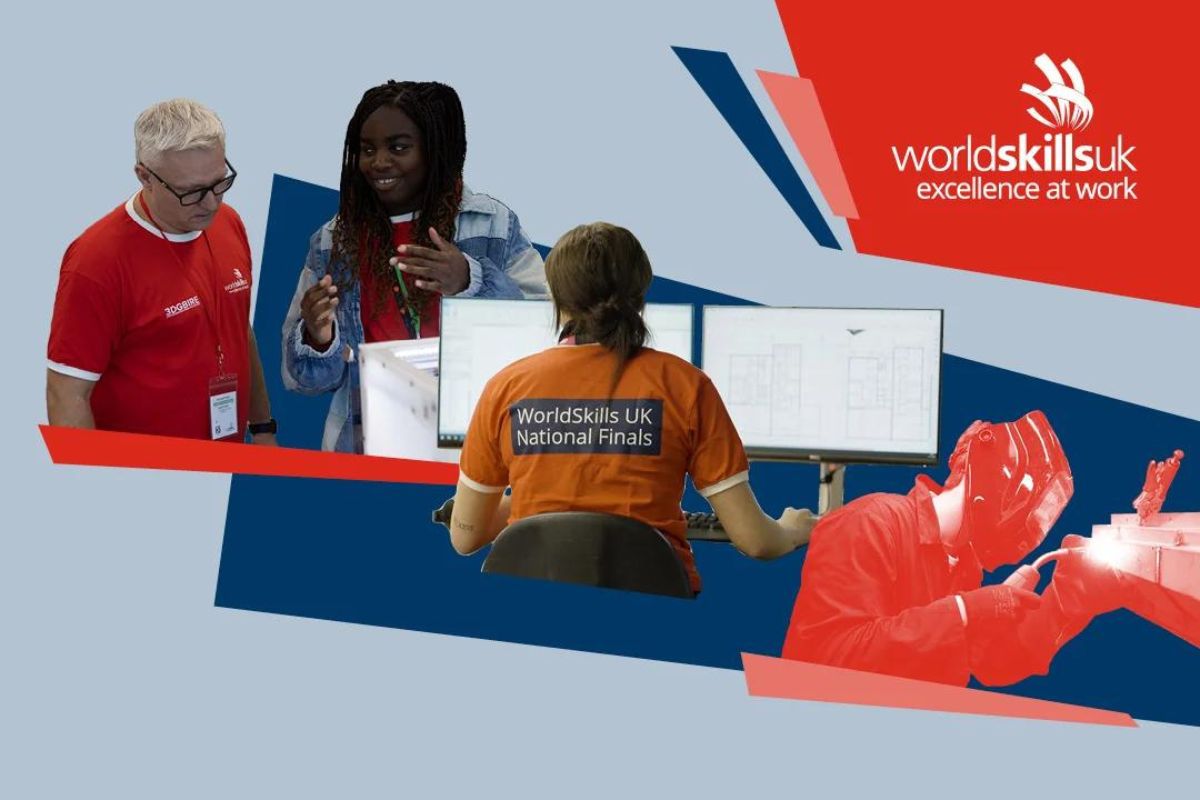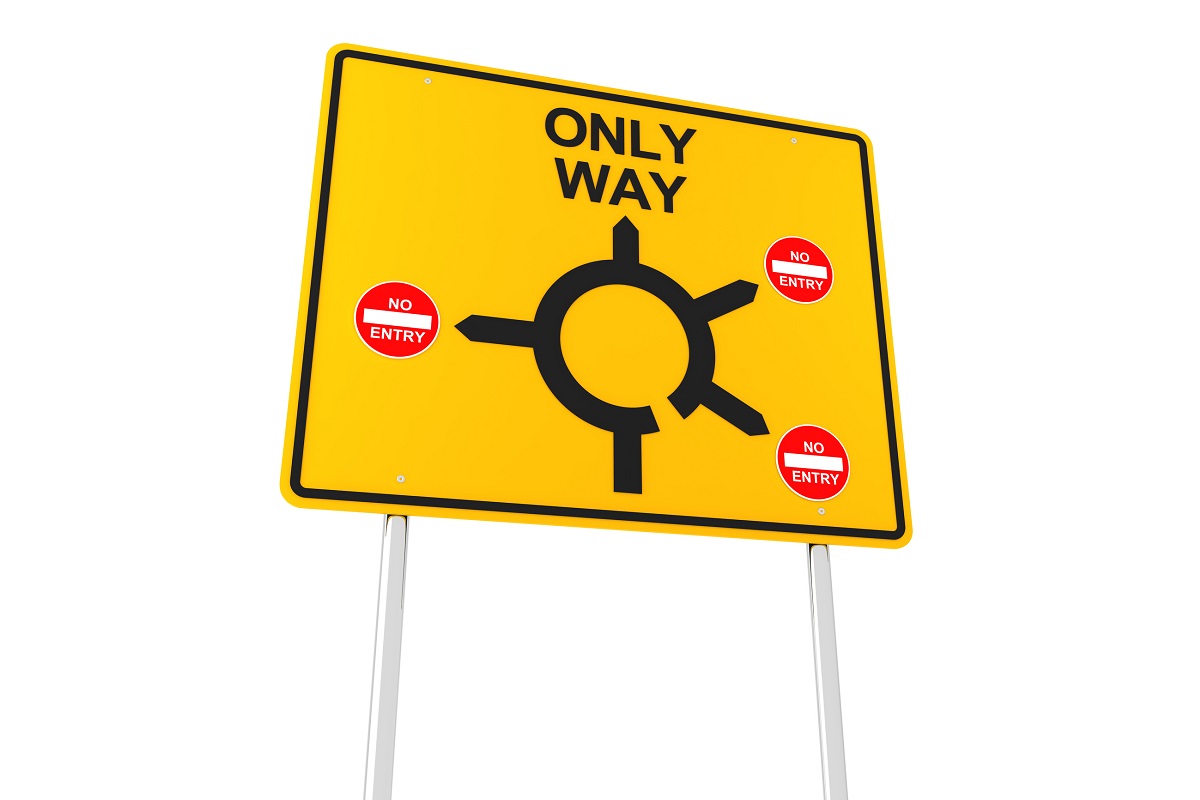Measuring the success of student engagement,
Time and time again, research and experience has shown that we have to take advantage of the way children entertain themselves today, to employ dynamic technologies for the betterment of learning outcomes. As so much of today’s students’ experience is shaped and surrounded by highly visual interactive activities, this has become the new currency of learning.
Faced with challenge of being in an area with high unemployment advanced by low post mandatory school retention and a low spread of vocational skills, The Vocational College, Liverpool set about addressing these challenges through an investment in dynamic and highly interactive technologies.
Due of its location, The Vocational College is ideally placed to offer students the Government’s ‘Entry 2 Employment’ (E2E) programme, an initiative set up to support the success of young people in the North of England.
Those living in the North of England who find it difficult to get a job are encouraged to take an apprenticeship or college place rather than being unemployed. They are treated as a ‘Work Based Learner’ and are therefore paid a small amount of money per week including travel expenses and a childcare allowance. The E2E initiative helps students to achieve basic maths, English and ICT skills, work at their own pace and take assessments in manageable stages. However at the heart of the E2E programme is vocationally based training. Currently the college offers bespoke facilities for Diplomas in construction and the built environment, engineering, sport and leisure and hospitality, two of the initial five 14-19 Diplomas.
"The youngsters that the college recruits are from across Merseyside, Sefton, Holton, the Wirral and Liverpool," explains John McCollah, operations director, at the Vocational College.
He continues: "We recruit from the top one per cent of the hardest to reach boroughs so these youngsters are particularly hard to help."
"We understood that using the latest technologies was the route to connecting these youngsters to our teaching. We recognised that we needed technologies that encouraged collaboration, interaction and involvement from the students."
The college’s aim was two-fold. Firstly to increase student retention and achievement and secondly to improve their achievement of higher teaching and learning grades against the inspection framework, by at least one grade. The college’s local government Initiative Grant, set up to fund equipment for training providers, enabled the management team to invest in the latest range of collaborative learning resources from the market leader, SMART Technologies. In the first phase of investment, the college installed SMART Board™ interactive whiteboards, Senteo™ interactive response systems and an Airliner™ wireless slate.
John then set up a research teaching programme to determine the effectiveness of these technologies in achieving their objectives. As a part of the programme teaching activities were delivered both with and without the technologies.
"We collated feedback from the learners and graded each session in terms of the technology used," explains John.
He continues: "The whole point of the investment in the interactive technologies was to connect with the learners, especially those who did not normally willingly engage."
The second part of their investment in innovation was used to take e-learning into the working environment by installing a rear projection SMART Board so they could move the whiteboard around the college’s workshops and allow interaction with the e-learning resources. In the woodwork classes the tutor can display various designs and open up discussion. The students come out and draw over the images with their own thoughts on the design, angles and alignment. 80 per cent of students said that using the technology improved their understanding of the topic.
"The technologies have been designed to encourage the students’ interaction in learning and certainly the difference in the students’ perception and engagement in their learning has been astonishing," enthuses John. "The interactive whiteboard gets the students out of their seats to directly engage with the learning, while the interactive response system is ideal for learners who don’t want to openly engage in the learning but will get involved through the anonymous voting system. 86 per cent of the students thought that using this resource helped and sustained their interest," he explains.
Fulfilling the college’s other aim, students’ grades have improved significantly. Most participants’ grades have improved by one if not two grades. Further to this, feedback from the learners has been outstanding. 95 per cent preferred the new interactive teaching style over the old non interactive whiteboards and 86 per cent said it improved their understanding of the subjects.
John summarises: "The research we undertook backed up a very obvious change in the students’ engagement in their learning. 89 per cent of students stated that they would like to see the resources used in more sessions and more topics. Looking forward we want to build on what we’ve got; ideally we would like to put collaborative technology in every teaching space to enthuse all our students to transform their career potential."











Responses